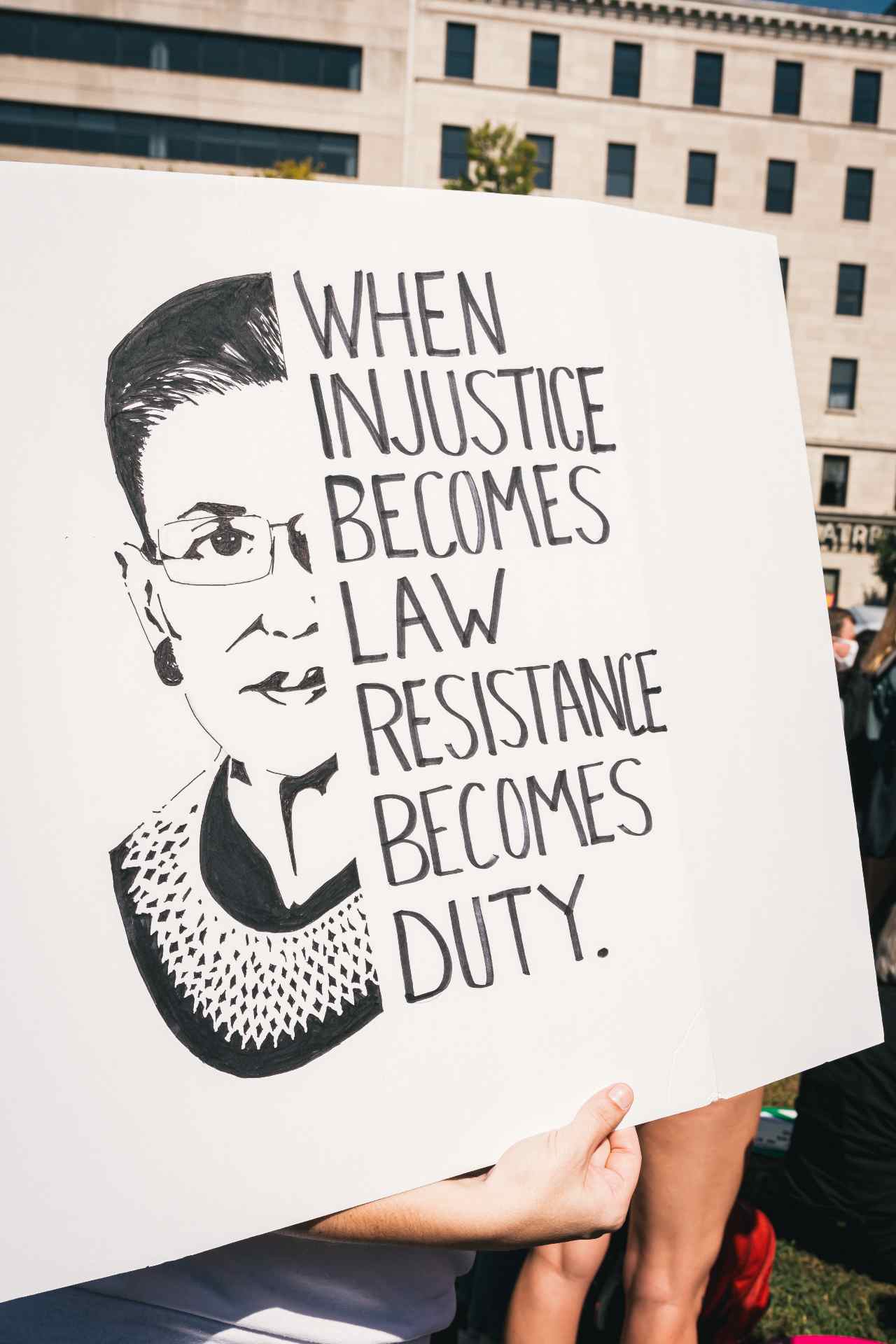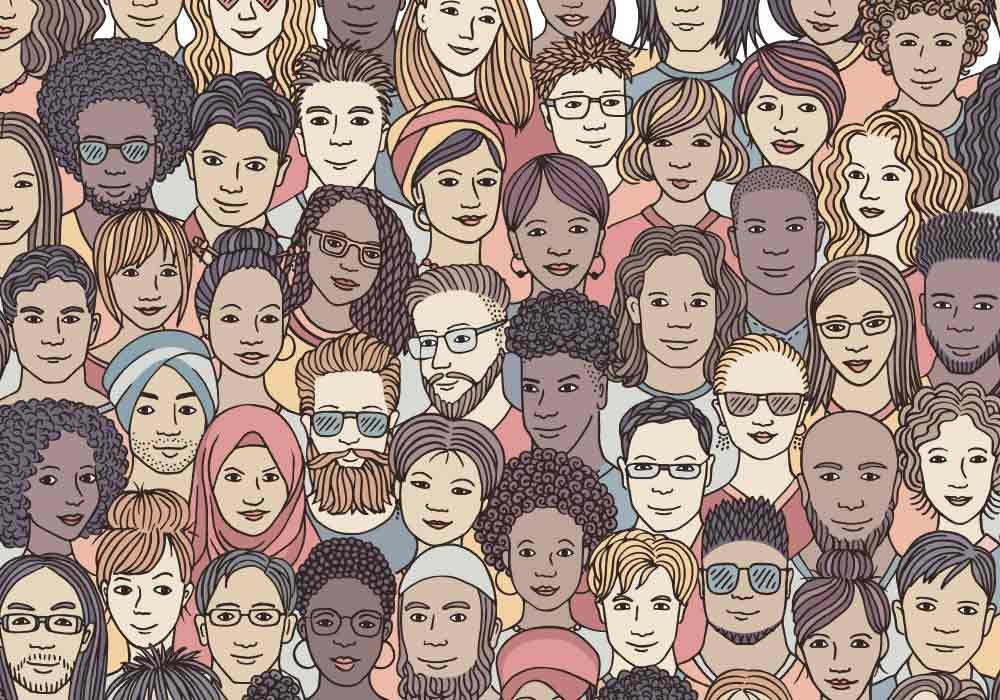People’s identities are shaped by multiple factors. In this sense, intersectionality has begun to take centre stage in the discourse of inclusion as organisations have come to realise that they cannot classify their employees into static boxes defined by a single label.
A film about age as a factor of diversity
The Intern’ (2015) highlights senior talent and intergenerational relationships. This comedy, starring Anne Hathaway and Robert De Niro, tells us how a Brooklyn retiree ends up working as an intern at a fashion start-up. Robert De Niro’s character has to face a too fast-paced present he doesn’t understand, in which seniors have no place.
Beyond the comic situations presented in the film, the film highlights one of the most worrying situations in today’s labour market: age discrimination.
In Europe, only 58% of people aged 55-65 are in work. And according to recent data, 47% of Europeans perceive age as a competitive disadvantage compared to other candidates with a similar profile.
Ageism is an inexhaustible source of discrimination which, unlike other prejudices, will sooner or later affect us all if we do not remedy it. The labour market perceives employees over 55 as stagnant, inflexible and expensive. However, studies show that age provides valuable skills that are acquired over time, such as anticipation, wisdom or efficiency in dealing with adverse situations.
“Age provides valuable skills that are acquired over time, such as anticipation, wisdom or efficiency.”
Forrest Gump, a lesson in neurodiversity
As Mrs. Gump herself, played by Sally Field, said in the film, “I am convinced that my son will go as far as society will let him go”. Forrest Gump is a person who suffers from an intellectual disability and despite this, the main character is not limited to achieve great goals in his story… Forrest Gump manages to become an army hero, an excellent ping pong player and even a football star.
In this sense, neurodiversity explains the idea that there is no “right” way to think, learn and behave. People interact with reality in many different ways without this being a deficiency or a problem.
Because neurodiverse people are wired differently from “neurotypical” people, they can bring new approaches to tackling problems or proposing solutions.
Stigma and an information deficit can cause difficulties for people with neurodivergence in matters of inclusion. It’s important to promote an environment conducive to neurodiversity, and to recognise and highlight each person’s individual strengths and talents while offering support for their differences and needs.
The same is true of the wide range of factors that make up the diversity of the films we’ve seen in this article. Factors present in society and, of course, in organisations. Fostering real inclusion is one of the great challenges of today’s organisational cultures. Let’s work towards it.
Sources:

